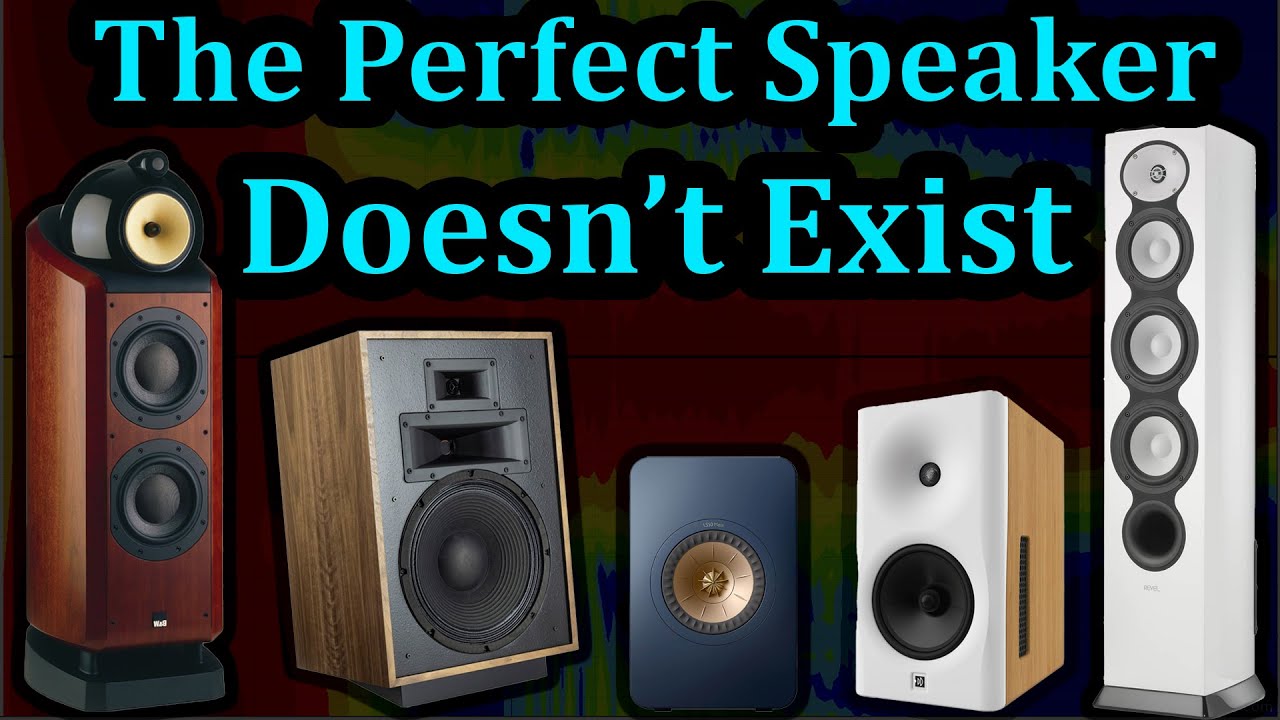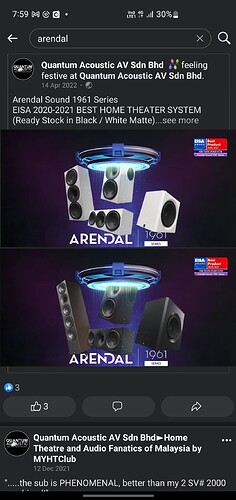The question of HT vs stereo speakers has come up multiple times in multiple forms. It seems to mean different things to different people.
The take from Erin here seems to be one of the most objective and easy to understand explanation.
For stereo, audiophiles often prefer a wider dispersion speaker. When done right, this can present a wide sound stage, which is advantageous for stereo.
For HT, wide dispersion speakers will send a lot of energy to the sidewalls, which results in more reflection energy and a less focused sound - ratio of direct sound to room reverberation sound. Once this ratio drops below a certain threshold, the sound goes to mush as you cannot hear the speakers over the reverberation energy in the room.
With multi channel HT, many speakers sending a lot of energy into the room. Often a lot of absorption is used to manage the reflection energy. Preserving ambience is less critical as the surround channels have ambient cues encoded. That is why a lot of HT setup do not sound good for 2ch stereo - all the ambience energy has been absorbed. The next level in HT sound stage and sound field can be achieved using a mixture of absorption and diffusion - most recently covered by the Anthoni Grimani feature series with Audioholics.
So it is implied that narrower dispersion speakers - eg Kef coaxials, and newer designs using waveguide on the tweeter eg Buchards etc work well for HT. Benefits include higher efficiency (more output always good for HT) less energy to sidewalls.
That is not to say wider dispersion speakers are not suitable for HT. If the speakers are well designed, and the room acoustic treatment is tailored to the dispersion of the speakers, one can achieve just as good HT performance using wider or narrower dispersion speakers.
As Wind mentioned, and also recent youtube reviewer talking about buchardt speaker - the WG on the tweeter can impart a certain ‘projection’ of the sound field, which tends to be perceived as more dynamic, exciting and advantageous for HT. My interpretation of this is the inherent direct/ reverberant sound ratio from the speaker output in a given acoustic environment. A narrower directivity speaker will naturally have a higher ratio, but a wide and even dispersion speaker with significant front stage absorption will also have a high ratio, which gives good clarity.
One thing that is implicit and very difficult to achieve regardless of wider or narrower dispersion, is actually the evenness of dispersion. Meaning the entire spectrum of sound energy is equally wide or narrow, varying in a smooth mannar. When there are significant variations in dispersion / directivity through the mid and high frequency, the resultant sound is unpredictable and difficult to control even with the best room EQ.
My recent experiences shutting down the HT, moving to temporary rental and setting up a makeshift 5.1.2 HT, and now the living room 7.1.4 setup using various kinds of speakers has actually been very enlightening. I have been pleasantly surprised at how decent the results are post calibrations, with various types of speakers, hardly ideal and often breaking some preconceived notions.
Apologies a bit long rambling post. A topic very fundamentally close to my heart and hope to chat a lot more here!!
Edit: Arendal speakers are really really good for HT, based on their controlled directivity and even dispersion with frequency. Was lamenting that they are not really available here in Singapore.




